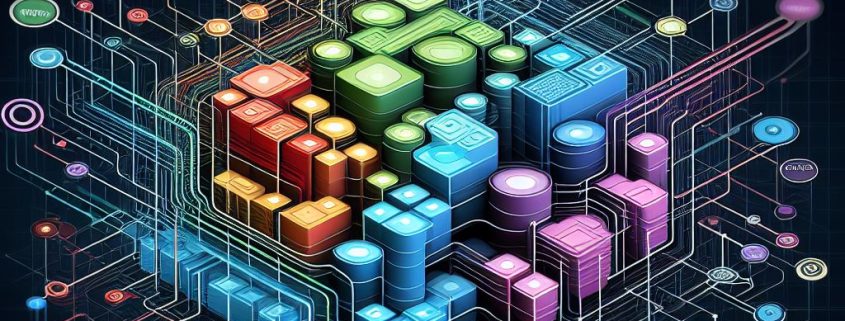Integrating Reinforcement Learning with Change Point Detection: A Path to Dynamic Decision-Making
By Team Acumentica
Introduction:
The integration of Reinforcement Learning (RL) with Change Point Detection (CPD) models represents a promising approach to solving real-world problems that require dynamic decision-making in rapidly changing environments. This fusion of technologies leverages the strengths of both RL, which excels at learning optimal decision policies, and CPD, which identifies significant shifts or change points in data. In this article, we explore the synergy between RL and CPD and discuss its diverse range of use case applications.
- Understanding Reinforcement Learning (RL):
Reinforcement Learning is a machine learning paradigm in which an agent learns to make sequential decisions by interacting with an environment. The agent aims to maximize a cumulative reward signal over time through a trial-and-error learning process. RL has been applied successfully in various fields, including robotics, gaming, and recommendation systems.
- Change Point Detection (CPD) Models:
Change Point Detection is a statistical technique used to identify abrupt shifts or changes in data distributions. CPD models play a vital role in recognizing deviations from the norm, which is valuable in anomaly detection, quality control, and time series analysis.
II. Integration of RL and CPD:
The integration of RL with CPD models involves training RL agents to detect and respond to change points effectively. This synergy has several advantages:
- Dynamic Policy Adaptation: RL agents can dynamically adapt their decision policies in response to detected change points. This enables them to make more informed and context-aware decisions.
- Improved Exploration-Exploitation Tradeoff: RL agents can balance exploration (learning from new data) and exploitation (leveraging existing knowledge) by considering change points as opportunities for exploration.
- Enhanced Anomaly Detection: CPD models can help RL agents recognize anomalies or shifts in the environment, leading to proactive responses to unexpected events.
Use Case Applications:
- Financial Markets:
– RL-CPD integration can be employed in algorithmic trading to adapt trading strategies to changing market conditions, minimizing losses during market turbulence.
2. Healthcare:
– In patient monitoring systems, RL agents can adjust treatment plans when significant health changes are detected, improving patient outcomes.
3. Industrial Quality Control:
– RL-CPD systems can optimize manufacturing processes by identifying and rectifying quality issues as soon as they occur, reducing defects and waste.
4. Autonomous Systems:
– Autonomous vehicles and drones can benefit from RL-CPD integration to respond to unexpected environmental changes, ensuring safe and efficient operation.
5. Supply Chain Management:
– Supply chain optimization can be enhanced through dynamic decision-making based on detected changes in demand, supply, or logistics.
6. Natural Disaster Response:
– RL-CPD models can aid disaster response teams in making rapid decisions in response to changing disaster conditions, potentially saving lives and resources.
Challenges and Considerations:
– Training RL agents to work effectively with CPD models requires careful consideration of model complexity, data handling, and the definition of rewards and penalties.
Conclusion:
The integration of Reinforcement Learning with Change Point Detection models represents a powerful approach to dynamic decision-making in a wide range of applications. By combining RL’s adaptability and CPD’s change detection capabilities, we can create AI systems that respond intelligently to evolving environments, ultimately leading to improved efficiency, effectiveness, and decision quality across various domains. As the fields of RL and CPD continue to advance, we can expect to see even more innovative applications of this integrated approach in the future.
Acumentica Advanced AI Growth Solutions
At Acumentica our AI Growth systems are built around increasing sales, ROI while lowering costs.
- Collect: Simplifying data collection and accessibility.
- Organize: Creating a business-ready analytics foundation.
- Analyze: Building scalable and trustworthy AI-driven systems.
- Infuse: Integrating and optimizing systems across an entire business framework.
- Modernize: Bringing your AI applications and systems to the cloud.
Acumentica provides enterprises AI solutions they need to transform their business systems while significantly lowering costs.
For more information on how Acumentica can help you complete your AI journey, Contact Us or explore Acumentica AI Growth Systems.




